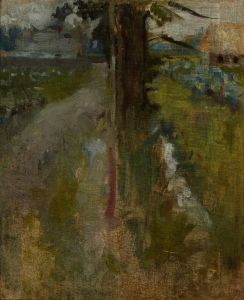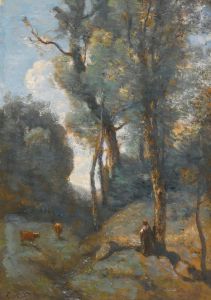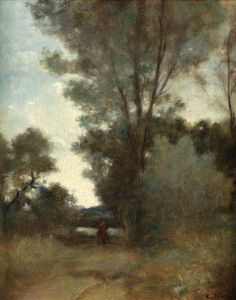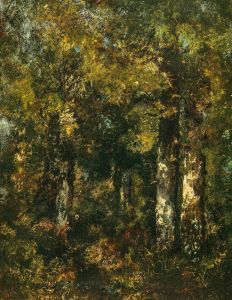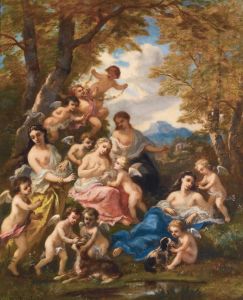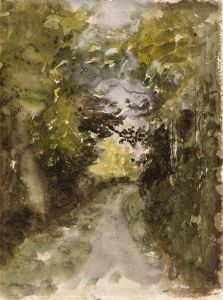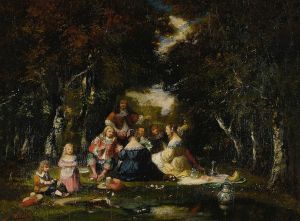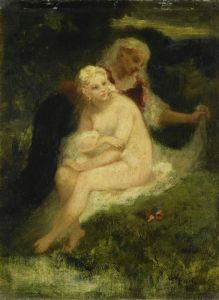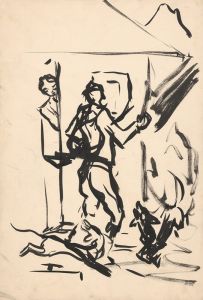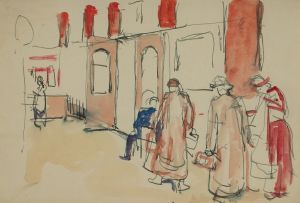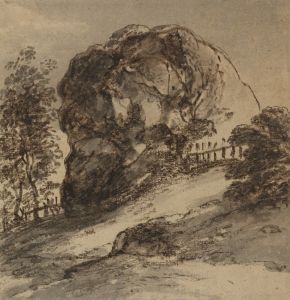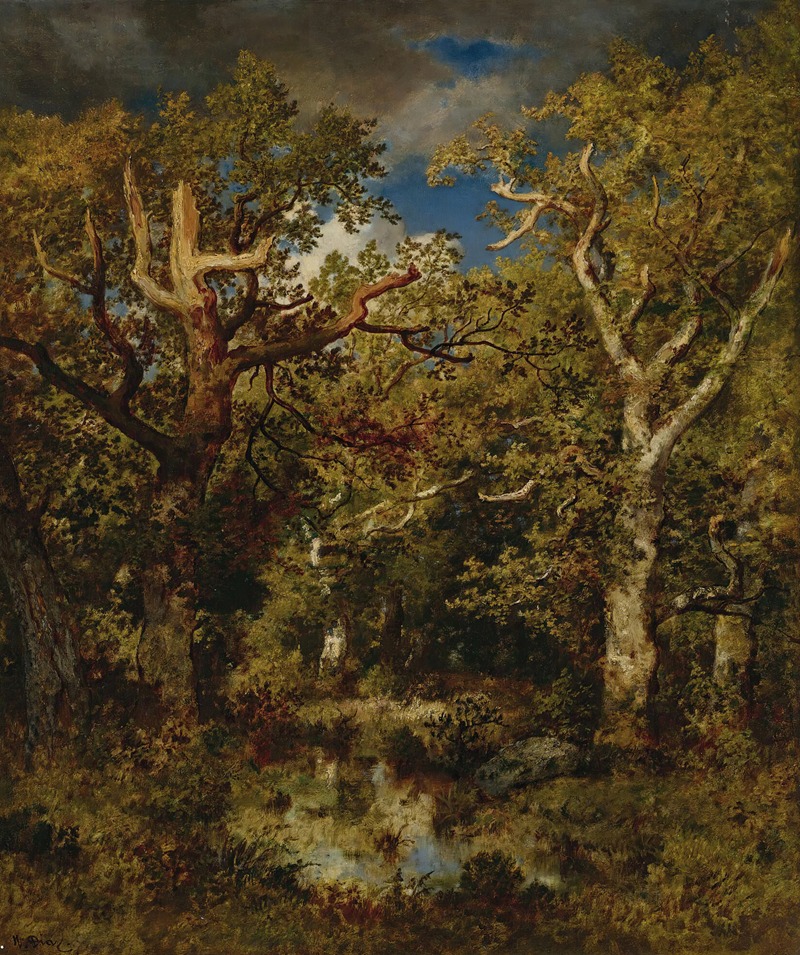
Mare En Fôret, Chêne Demi-Mort
A hand-painted replica of Narcisse-Virgile Diaz de La Peña’s masterpiece Mare En Fôret, Chêne Demi-Mort, meticulously crafted by professional artists to capture the true essence of the original. Each piece is created with museum-quality canvas and rare mineral pigments, carefully painted by experienced artists with delicate brushstrokes and rich, layered colors to perfectly recreate the texture of the original artwork. Unlike machine-printed reproductions, this hand-painted version brings the painting to life, infused with the artist’s emotions and skill in every stroke. Whether for personal collection or home decoration, it instantly elevates the artistic atmosphere of any space.
Narcisse-Virgile Diaz de la Peña, a prominent French painter of the 19th century, is best known for his contributions to the Barbizon School, a movement that emphasized naturalistic depictions of landscapes and rural life. One of his works, Mare En Fôret, Chêne Demi-Mort (translated as Pond in the Forest, Half-Dead Oak), exemplifies his mastery of atmospheric landscapes and his fascination with the interplay of light and shadow in natural settings.
The painting depicts a tranquil forest scene, with a pond surrounded by dense vegetation and a prominent oak tree that appears partially decayed. Diaz de la Peña's characteristic use of rich, earthy tones and his attention to the textures of foliage and bark are evident in this work. The composition captures the serene yet mysterious quality of the forest, a recurring theme in his oeuvre. The title itself highlights the duality of life and decay, a motif often explored by the artist in his depictions of nature.
Diaz de la Peña was heavily influenced by the forests of Fontainebleau, where he frequently painted alongside other members of the Barbizon School, such as Théodore Rousseau and Jean-François Millet. His works often reflect a Romantic sensibility, emphasizing the emotional and almost spiritual connection between humans and the natural world. While Diaz de la Peña is perhaps less well-known than some of his contemporaries, his contributions to the Barbizon movement were significant, particularly in his ability to convey mood and atmosphere through his landscapes.
Mare En Fôret, Chêne Demi-Mort is a testament to Diaz de la Peña's skill in capturing the subtleties of light filtering through trees and reflecting on water. His technique often involved layering glazes to achieve depth and luminosity, a method that adds a sense of vibrancy to his forest scenes. The painting likely reflects his deep appreciation for the untamed beauty of nature, as well as his technical prowess in rendering complex compositions.
The exact date of the painting is not definitively documented, but it aligns stylistically with Diaz de la Peña's mature period, during which he produced many of his most celebrated works. Today, his paintings are held in high regard and can be found in major museums and private collections worldwide, though specific details about the current location or ownership of Mare En Fôret, Chêne Demi-Mort are not readily available.
This work, like much of Diaz de la Peña's art, serves as a bridge between the Romantic and Realist traditions, showcasing his ability to evoke both the grandeur and intimacy of the natural world.






